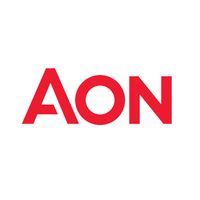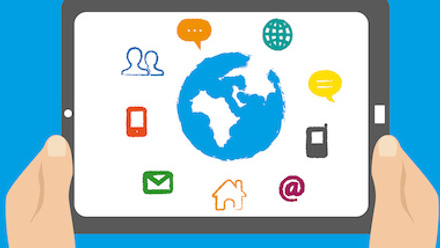The key benefits strategy trends that will make a difference to employees over the next five years

We take a look at the key strategy trends we’ve seen emerge from our 2021 Benefits and Trends survey, and provide expert insight on the impact this will have on employees over the next five years.
A focus on wellbeing
Considering the challenges that Covid-19 has brought to the world, it’s unsurprising to see a greater emphasis on wellbeing emerge from the 2021 Benefits and Trends survey. 83% of businesses have seen an increased emphasis on wellbeing as a result of the pandemic’s impact, with 87% focusing specifically on wellbeing for home working. Although the full extent of change is yet to be seen, it has been widely predicted that Covid-19 has acted as a catalyst for significant, potentially permanent, change in working behaviour – with employers needing to focus on how to improve and facilitate good wellbeing when employees may be less accessible.
With 38% of companies expecting their health and wellbeing budget to increase as a result of the pandemic, it might be that we see a long-term shift towards proactive and preventative investment in health and wellbeing; when employers start to see the return-on-investment in wellbeing strategies this may also catalyse change.
Holistic approach to compensation
Over the past few years we’ve seen a seismic shift in how employee benefits are positioned, with companies focusing on highlighting the total package received rather than purely transactional statements.
This has been best demonstrated by a marked increase in the use of Total Reward Statements. The channel has evolved and changed – paper statements declining with digital methods increasing – but the interest in demonstrating total reward has remained high. Engagement, awareness and employee experience were given as the top three reasons for companies’ investment – it is clear that there is a perceived correlation between employees understanding their total reward package and their overall experience.
We have also seen a steady increase in the number of organisations developing an Employee Value Proposition (EVP), and a huge drop in companies who do not communicate or explain their EVP (around a third in 2019, now just 14%). Whilst the EVP is an inherently employee-focused initiative, it can positively impact businesses; similar to the use of TRS, companies reported that they have noticed a positive impact on employee engagement, retention and recruitment when they have a clearly communicated EVP.
These changes enable employees to gain a greater understanding of how their benefits package positively impacts them, and helps to reiterate their value to a business. By showcasing the full value of the EVP, it empowers employees to make decisions based on the actual benefits they receive – rather than their perception of them.
Technology
Over the past few years, there has been a noticeable increase in companies utilising technology as part of the employee benefits strategy. In the 2021 Benefits and Trends survey, 31% of businesses either have an app to enable access to flexible benefits or are planning to utilise one. The use of technology is likely to grow and evolve, as new technological advancements (such as augmented reality and artificial intelligence) are integrated into employee benefits products and services.
As with B2C products and services, there is a clear opportunity for technology to improve communication and engagement. The vast majority of businesses believe that technology and apps for wellbeing will positively impact employee engagement, and 48% of businesses are prioritising utilising technology more over the next 12 months. It is possible that we could start to see B2B communications and services evolving and mirroring B2C expectations.
Download the 2021 Benefits and Trends survey.
This article is provided by Aon.







